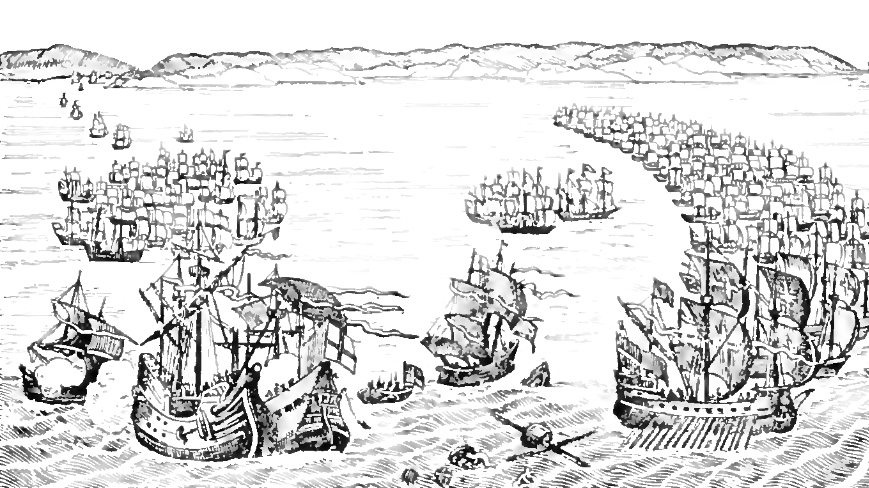<![CDATA[A team of divers conducted a dive to the medieval shipwreck site of Mary Rose. This latest endeavour is the first major dive in nine years and was described very successful by experts. During the dives, divers positioned a data logger on the ocean floor and a technologically-advanced marker on the surface of the water, channelling information to researchers by means of satellite. “Everything is now deeply buried and this will preserve what remains on the seabed into the future,” remarked Christopher Dobbs. He added, “It was wonderful to go down to the site again and see how well it continues to be protected in the silts. The visibility was not good, but it was good enough to position the monitoring equipment and for Serco Marine to carry out the dives needed to put new sinkers on the seabed and to replace the ageing wreck buoy that marks the protected wreck area.” Christopher Dobbs is a Maritime Archaeologist from the Mary Rose Trust who has dove at the site more than one thousand times. Mark Jones, a professor acting as the leader of the Mary Rose Trust’s scientists said the new equipment would help monitor seawater and sediment conditions. “There are still significant numbers of timbers and objects buried in the seabed. The information collected will help us protect the buried materials for the future,’’ explained Jones. Mary Rose is a Tudor warship built during the reign of King Henry VIII. The outstanding ship was the answer from King Henry VIII to the pervasive threats of the mighty French and Scottish armadas. It was likely named after the Virgin Mary, who was known as “The Mystic Rose” at the time. Mary Rose entered her first battle during the First French War in the year of 1512. In a successful naval operation that witnessed the combined forces of the English and Spanish navies, she was chosen as a flagship by Sir Edward Howard, Henry VIII’s Lord High Admiral, in their face-off against the French and Breton fleets. Mary Rose’s second mission however was a stark contrast to her first. Her second voyage saw her chosen as the flagship for the second and unfortunately, the last time by Sir Edward Howard. Sir Edward succumbed to his fate and lost his life in what was described as a daring attack on the reinforced and upgraded French fleet. The great Mary Rose then continued to serve the English fleet under the guidance of Thomas Howard, the new Lord Admiral that replaced the late Sir Edward. She served the English navy until the Third French War, with a momentary lapse of several years in which time, according to evidence from a few surviving documents, she was refitted and reinforced. Mary Rose’s final deployment came to an end on the evening of 19th July 1545. In what seemed to be a cruel ambush from the French, the ‘star’ of King Henry VIII’s fleet took her last bow and went into the sea. She rested on the seabed for about 436 years before being successfully salvaged on 11 October 1982. Collective efforts from some hardcore enthusiasts had proven to attract plenty of attention, which laid the foundations for the eventual salvation of the Mary Rose. Today, she lies in a museum in Portsmouth, where her awe-inspiring remains continue to wow millions of visitors. The Mary Rose Museum has been the main contender for several awards including the Art Fund Museum of the Year award and the National Lottery Good Causes award in the Best Heritage category. ]]>
Latest Dive to Provide New Insights on a Legendary Shipwreck’s Remains
